|
|
ADDRESS AT THE INAUGURATION OF WORKSHOP-CUM-EXHIBITION ON OF BIO-DIESEL PRODUCTION IN NORTH-EAST INDIA, GUWAHATI, ASSAM
17-10-2006 : Guwahati, Assam
Challenges in Bio-diesel Production
I am delighted to inaugurate the Workshop-cum-Exhibition on Commercialization of Bio-diesel Production in North-Eastern India being organized by North Eastern Development Finance Corporation Limited (NEDFi). NEDFi states that they are supporting certain number of development projects in North-East including bio-diesel production. Just now, I have gone through the exhibition organized by NEDFi on different aspects of bio-diesel production through Jatropha cultivation. This plants does very well in wasteland and its oils is most suitable for bio-diesel. Fortunately, Jatropha grows throughout the country in wasteland with minimum availability of water and care.
The purpose of this workshop is to create awareness among the farmers and others, about Jatropha plantation which can be a major contributor for bio-fuel production in the country. This meet should help the farmers of north-east India to gain confidence in Jatropha cultivation using quality seeds, available technology, seed crushing and extraction, oil esterification, blending, value addition and marketing. I extend my greetings to all the participants and the organizers. I particularly greet the NEDFi for their efforts in promoting bio-diesel production in North-East India apart from promotion of many other economic activities.

While I am with you, I would like to present the salient features of discussions and recommendations of the work shop we had on Bio-diesel towards Energy Independence with focus on Jatropha at Rashtrapati Nilayam, Hyderabad on 9th and 10th June 2006. More than 105 participants including 25 farmers from ten States participated in this Conference. The potential of Jatropha for Bio-diesel production were discussed at length. Several presentations were made on status of Jatropha cultivation, elite seed availability, land availability, cultivation practices, esterification technologies (small and large scale production and processing), industrial and market policies. After two days deliberations certain recommendations emerged which are available in my website . Some of the important recommendations are:-
1. Elite seed development may take seven to eight years till such time the available local high yielding seeds of Jatropha may be used in different regions. Each State can encourage identification and multiplication of best Jatropha selection. Only superior accession should be multiplied and also yield of samples should be revalidated and a national database of all superior accessions should be created at the National Bureau of Plant Genetic Resources (NBPGR), New Delhi. Introduction and evaluation of germplasm from Jatropha producing countries can be taken up by NBPGR. Development of tissue culture protocol of Jatropha should be standardized and popularized.
2. State Governments should prepare and implement seed development plans as per projected requirement of the next five years.
3. Each state should develop policies and mechanisms needed to regulate access to these lands for Jatropha plantation.
4. Immediate action is necessary to undertake detailed field surveys of pledged/planted lands. Realistic assessment of type, kind as well as availability of land suitable for Jatropha plantation based on agro-climatic conditions need to be made jointly by the Ministry of Rural Development, Agriculture and Environment & Forests. Present Jatropha forest areas need to be maintained, improved and conserved by respective State Forest Departments.
5. Contract farming through farmers? cooperatives could be promoted for benefiting farmers and increasing bio-diesel production.
6. Jatropha information centres in every district should start soon. Existing infrastructure including KVKs could be utilized.

7. Cluster approach for large-scale plantation of Jatropha could be adapted. Jatropha planting could be promoted in clusters of 100 hectare covering 10 to 15 villages. A bio-diesel plant of about 1 ton capacity per day could be installed for use. Corporate should be promoted for buy-back agreements, to promote Jatropha planting/cultivation. About 50 percent of Bio-diesel obtained from each cluster should be distributed to villagers for use in villages.
8. At the national level, the setting up of a National Bio-fuel Mission is very urgent.
9. There is need for an incentive pricing policy for Jatropha seed. This would be possible if there is no taxation on bio-diesel since it is an agricultural product and only 5-10 percent blend is being recommended at the moment. No taxation on bio-diesel on the pattern of tax holidays for a period of 10 years will help in the promotion of the programme. In order to promote Jatropha cultivation, National and State Level awards may be given to progressive farmers and venturing bio-diesel producing companies.
10. The approach should be to promote large-scale plantations with esterification at the national level and also small-scale clusters at the village level. Linkages should be created between various rural development schemes, especially the Minimum Employment Guarantee scheme of the Government of India and the Bio-fuel Mission.
NEDFi may like to take advantage of above recommendations for promoting bio-diesel production in all the North-Eastern States. Now, I would like to suggest some of the points which may help in promoting in accelerating the Jatropha production.
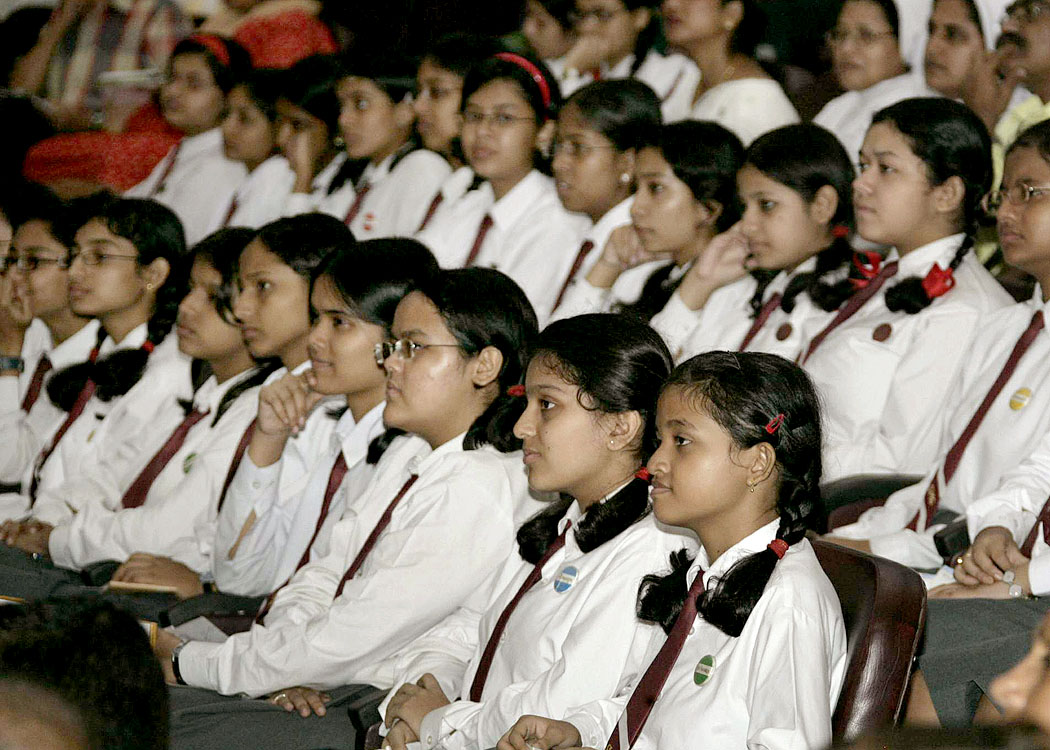

Standard Seeds
Availability of standard seeds of Jatropha to the farmer is important. Hyderabad Conference suggested that till standard varieties are developed by agricultural universities, and forest department, local high yielding Jatropha selections could be used. North-east is known for bio-diversity. I am confident that this region is very rich in Jatropha Germplasm. Efforts are to be made to select genotypes having early flowering / fruiting, high seed and oil yield. Presently, country has got Jatropha selection having 30 percent oil content in seed. This centre should look for Jatropha which can yield more than 45% oil. Plant breeders and bio-technologists of this region can contribute in this regard. Agricultural Universities and Central Agricultural Research Institutes located in north-east should network with Tamil Nadu Agricultural University and National Oilseeds and Vegetables Oils Development Board for creating a common knowledge base on Jatropha specific to north-eastern region. I am sure, north-east India can provide elite Jatropha seeds with high oil content not only for this region but for other States of the country. Marketing of seeds itself could become a major wealth generating activity for this region.
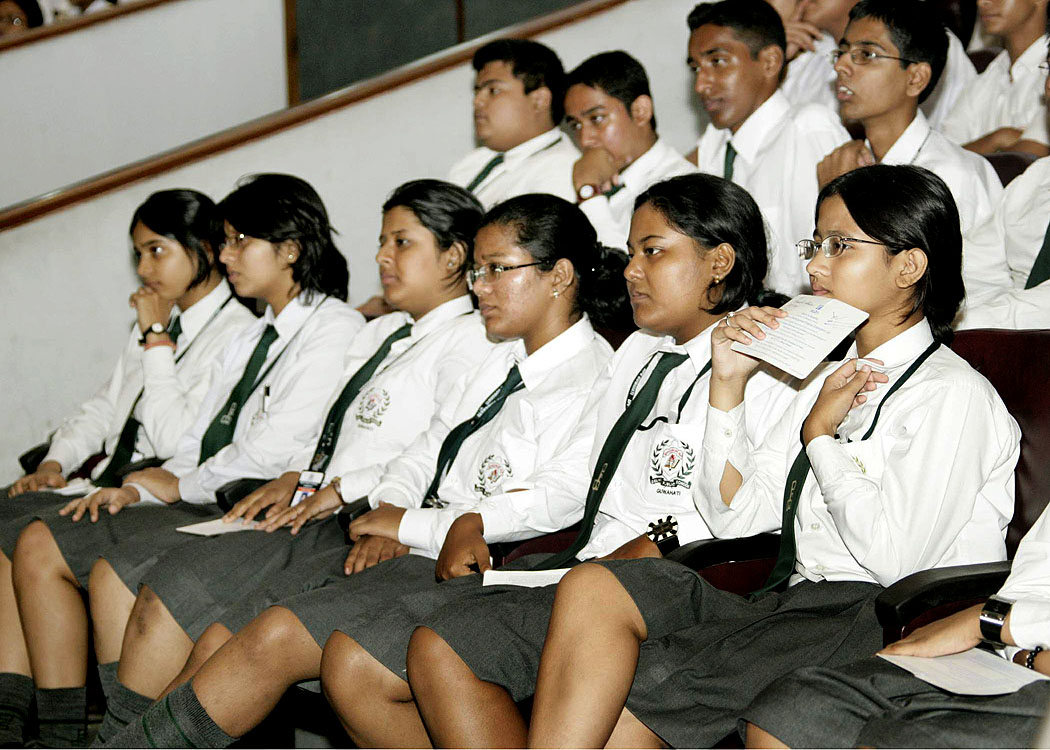

Co-operative Movement
Per capita land holding in this region is small. Very few farmers on their own can afford putting up Jatropha oil extraction and esterification unit. Even the small size extraction units require large quantity of seeds. Pooling resources in terms of production area would help setting up oil extraction and esterification units in the area of Jatropha production. This can be done on the lines of Amul Co-operative dairy system followed in Gujarat. NEDFi may like to facilitate creation of co-operatives among farmers of a cluster of villages. This co-operative can be funded for establishing Jatropha production and processing unit. Ideally, these co-operative enterprises should form part of the PURAs (Providing Urban Amenities in Rural Areas) Clusters of the north-eastern States. PURA envisages providing physical connectivity, electronic connectivity, knowledge connectivity leading to economic connectivity through such co-operative enterprises based on the core competence of the region.


Land Availability
North-east India is rich in natural resources. So many rivers including mighty Brahmaputra are there. On the bank of the big rivers and tributaries there is a large area which is generally not under cultivation. Hardly any commercial crops are being planted. Jatropha, I am told, would come up well in these river basins. Other fallow lands can also be used for Jatropha production. Area under commercial crops at any cost should not be used for Jatropha cultivation. Available forest land can also be used for Jatropha plantation. Mixed forest involving Jatropha can be promoted. Saline / alkaline land, shallow / medium ravenous land, land with scrub and without scrub, land under shifting cultivation and degraded forest ? scrub can also be considered for Jatropha cultivation. Community and Panchayat lands with the low productivity can also be considered for Jatropha cultivation.


Value Addition
For bio-diesel production, Jatropha seed is subjected to oil extraction. The resultant oil cake is a good manure. This cake can also be used for generating bio-gas before using as a manure. Its slurry can be fed to bio-gas plant as a feed. On fermentation it yields methane gas which can be useful as a energy source.
The extracted oil is to be trans-esterified for making bio-diesel. In this process glycerin is generated. This glycerin can be used for different purposes such as soap manufacturing industry, detergents and cosmetics. Extract from Jatropha plant is the source for developing bio-cides ? control of insects, pests and nemotoes. The bark of Jatropha is the source of dark blue dye which finds application in textile and fishnet manufacture. Tender leaves are excellent feed for tussar silk worm. North east India is known for tussar silk production. Jatropha can be a good promoter of tussar silk in addition to bio-fuel production. Jatropha latex contains an alkaloid called Jatrophin which is reported to have anti-cancer property. The plant is used as a traditional medicine for cure of arthritis, gout, jaundice, dental complaints, dermato-mucosal diseases (wart), would healing, tumor, allergies burns, cuts, wounds, inflammation, leprosy, leucoderma, scabies, smallpox, anti cancerous properties, purgative &haemostatic, piles, wounds and ulcers


Esterification
During the process of esterification certain complications arise which prevent the realization of the laid down specifications of bio-diesel. Complete removal of glycerin, soaps, water, alcohol and tryglyceride are some of the problems in trans-esterification. The trans-esterification technology requires upgradation to overcome these problems. There has been a lot of debate about the economic size of esterification plant. I would suggest that NEDFi should facilitate collective discussion between oil marketing companies, farmers, co-operative enterprises and educational institutions for working out the optimal sizing of the plant needed for north-east States. This decision must come within the next two years before the production of Jatropha seeds picks up in this region.


Marketing
Presently, the demand for Jatropha seed is mainly for the plantation. Very soon, this situation will change once the country wide plantation has taken root. Before such an event occurs there is a need to establish marketing agencies for Jatropha seeds in different regions so that the farmers do not find difficulty in selling their produce and getting remunerative prices. In the village level, there could be marketing centres created as part of PURA so that they can convert the seed into bio-fuel and sell it to the local people for use in tractors and other prime movers needed for agriculture.
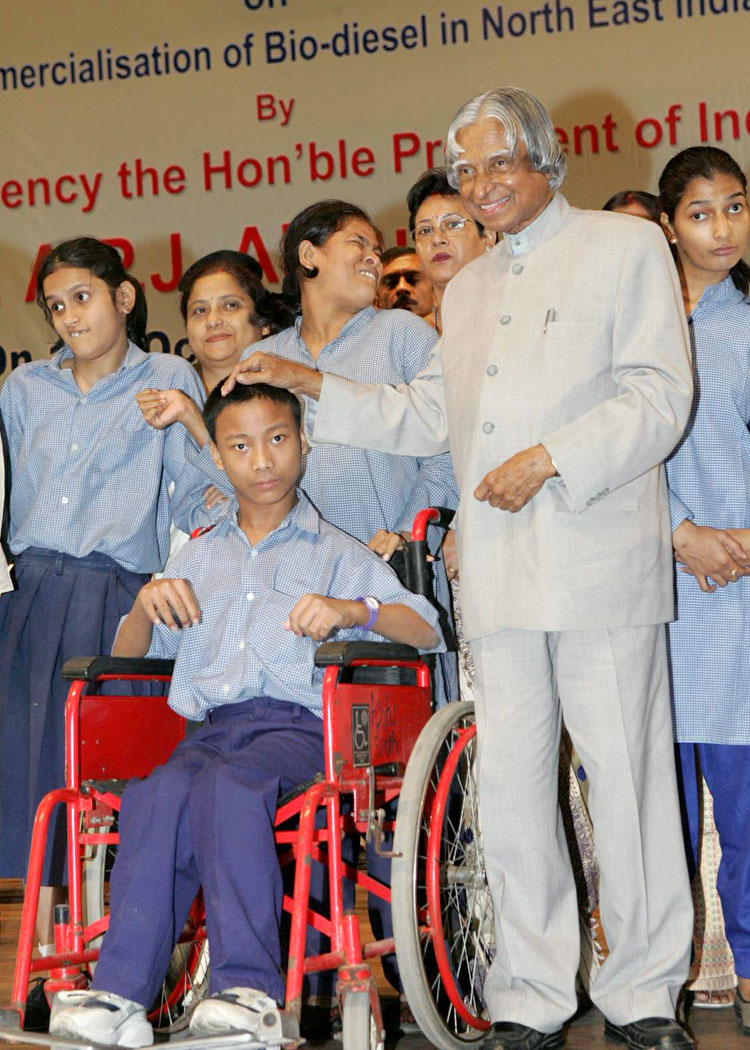

Conclusion
Bio-diesel is one area which can transform the scenario in the oil sector. With the limited experience of Bio-diesel in the country and elsewhere, we have to understand its potential and also problems associated with it. With the concerted effort in R&D both in production and processing, facilitation by government, large scale initiative from the private sector and self-help groups, hassle free financial support from financial institutions, I am sure we should be able to realize the target of producing six million tonnes of bio-diesel by 2010, 30 million tonnes by 2020 and 60 million tonnes by 2030 in co-operative with all the stakeholders of the mission.
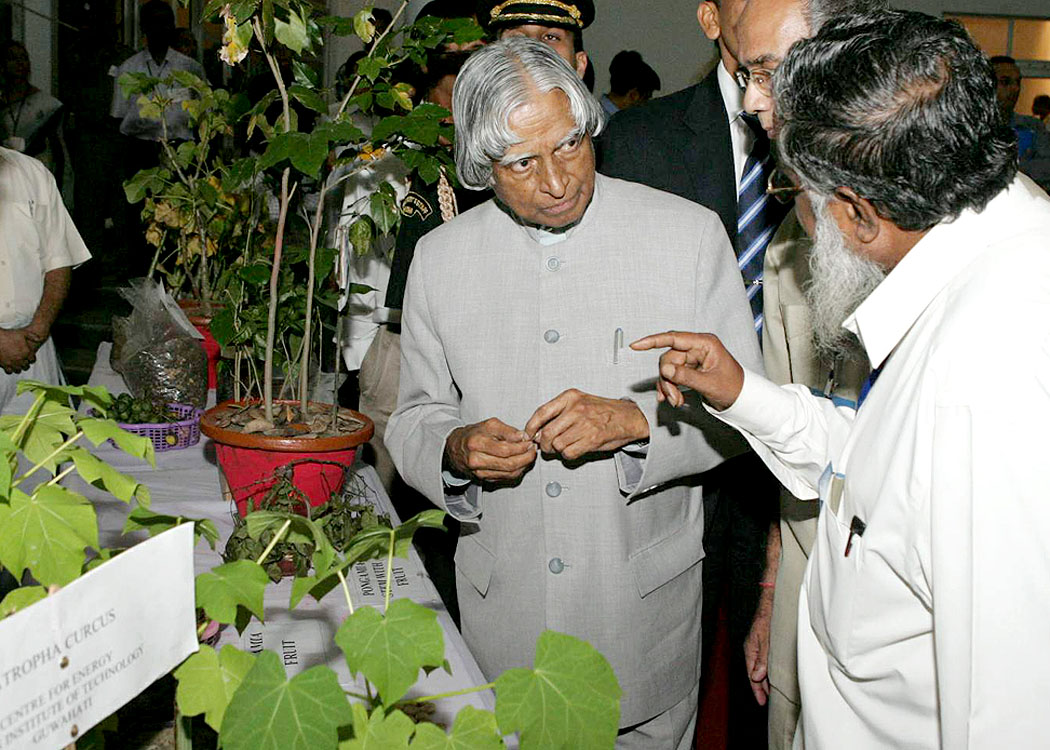
With these suggestions, I inaugurate the Workshop-cum-Exhibition on Commercialization of Bio-diesel production in north-east India. My best wishes to all the participants for success in realizing their mission of energy independence in this region.
May God Bless you all.
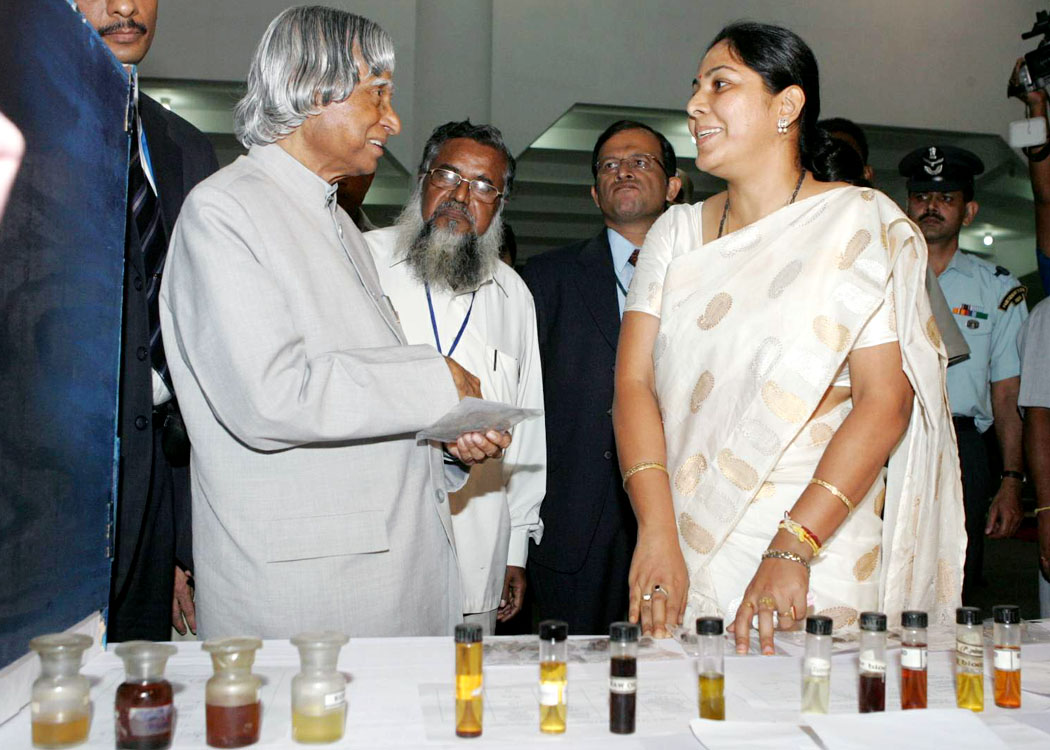
<<Back
|
|